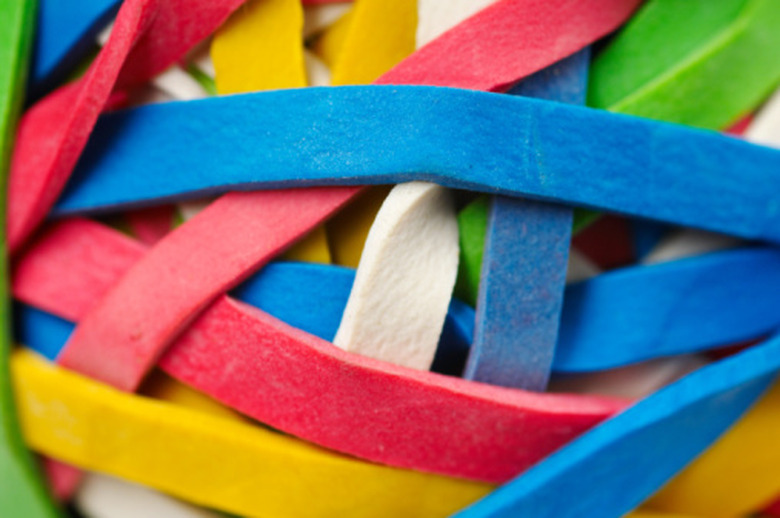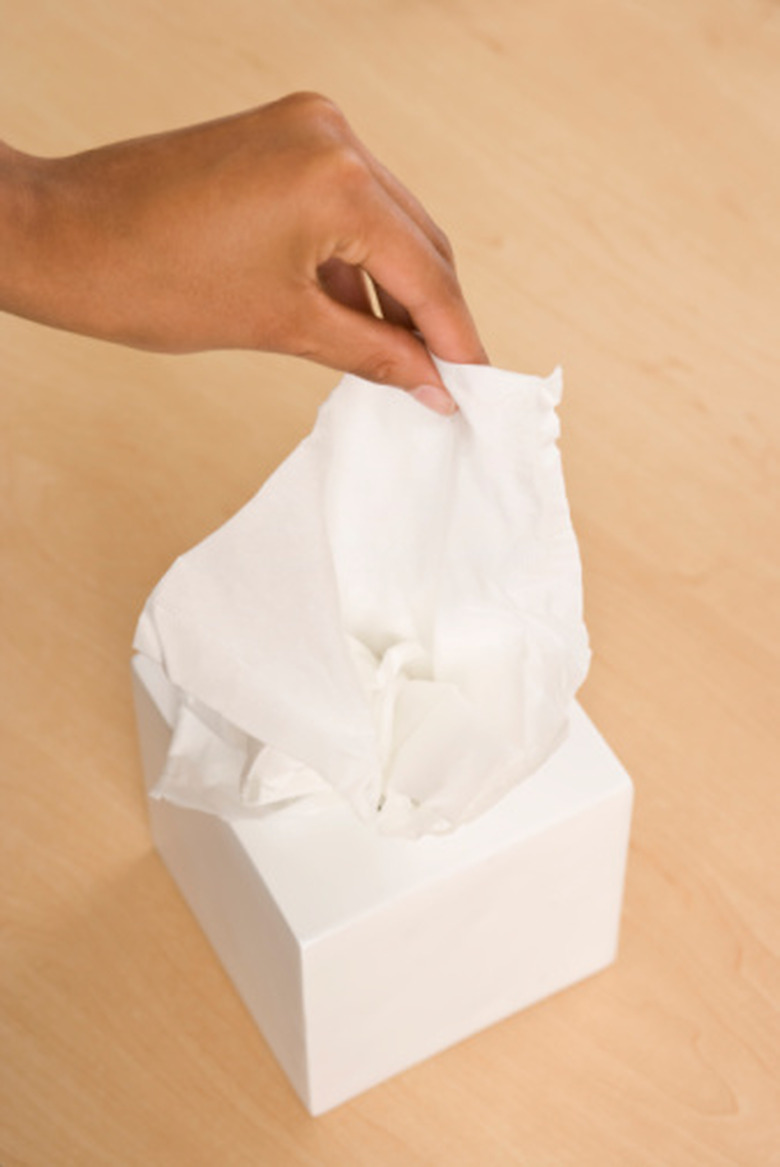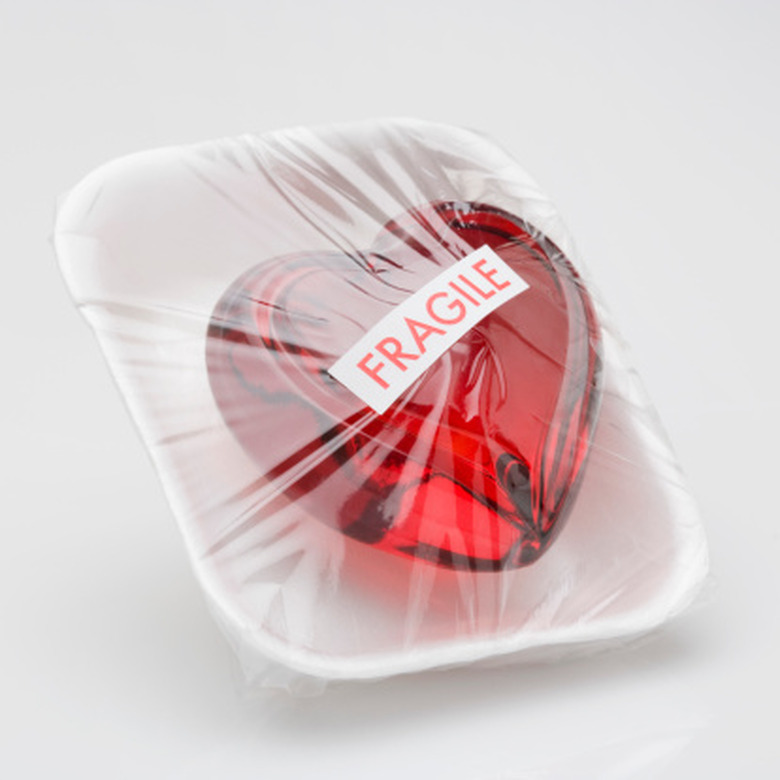Sound Wave Experiments For Kids
Like any subject, children need to be taught science in a way that they can understand. This usually involves turning lessons into games or fun projects. Learning how sound waves work can be an exciting venture for young children, especially if the project is interactive and visually stimulating.
Dancing Wire
Dancing Wire
Take two identical water glasses and use a measuring cup to fill each with the exact same amount of water. Cut a piece of thin wire that's 1/2 inch longer than the diameter of one of the glasses. Place the wire across the top center of one glass. Bend the wire so 1/4 inch hangs over each side to keep the wire in place. Rub your finger along the outer rim of the second glass to make sound and watch the wire move. Since both glasses have equal amounts of water, they both have the same natural frequency. Sound is transferred from one glass to the next and thus the vibrations cause the wire to move.
Sound Box
Sound Box
Remove the lid from a cardboard pencil case. Arrange a series of rubber bands stretched over the box from thinnest to thickest. Have students pluck each rubber band and talk about your observations. Place a ruler on its edge across the rubber bands, like a bridge. Pluck each rubber band again and talk about what changed. Students will learn that thinner, shorter bands produce higher sound pitches because they produce shorter sound waves. The ruler across the bands acts like a dampener and should change the pitch the tightened rubber bands make.
Seeing Sound
Seeing Sound
This is a simple experiment that requires very little setup and only three materials. Tie a piece of thread to some tissue paper and hold the tissue paper by the thread in front of a speaker. Turn on the music and observe what happens to the tissue paper. Try different types of music at different volumes and see if there's any change to the paper. The tissue should move when the music is played, since the sound waves are hitting it as they leave the speaker.
Model Eardrum
Model Eardrum
Stretch plastic wrap tightly over a wide mouthed container like a bowl or pot. Place 20 to 30 grains of rice on top of the plastic. Bang a metal cookie sheet or something equally as loud to make noise close to the plastic wrap. Watch as the grains of rice move. The plastic wrap reacts to sound waves in a way similar to the human eardrum. Have the students make noises to see if they can make the rice move.
Cite This Article
MLA
Welsh, Sara. "Sound Wave Experiments For Kids" sciencing.com, https://www.sciencing.com/sound-wave-experiments-kids-8119201/. 24 April 2017.
APA
Welsh, Sara. (2017, April 24). Sound Wave Experiments For Kids. sciencing.com. Retrieved from https://www.sciencing.com/sound-wave-experiments-kids-8119201/
Chicago
Welsh, Sara. Sound Wave Experiments For Kids last modified March 24, 2022. https://www.sciencing.com/sound-wave-experiments-kids-8119201/




